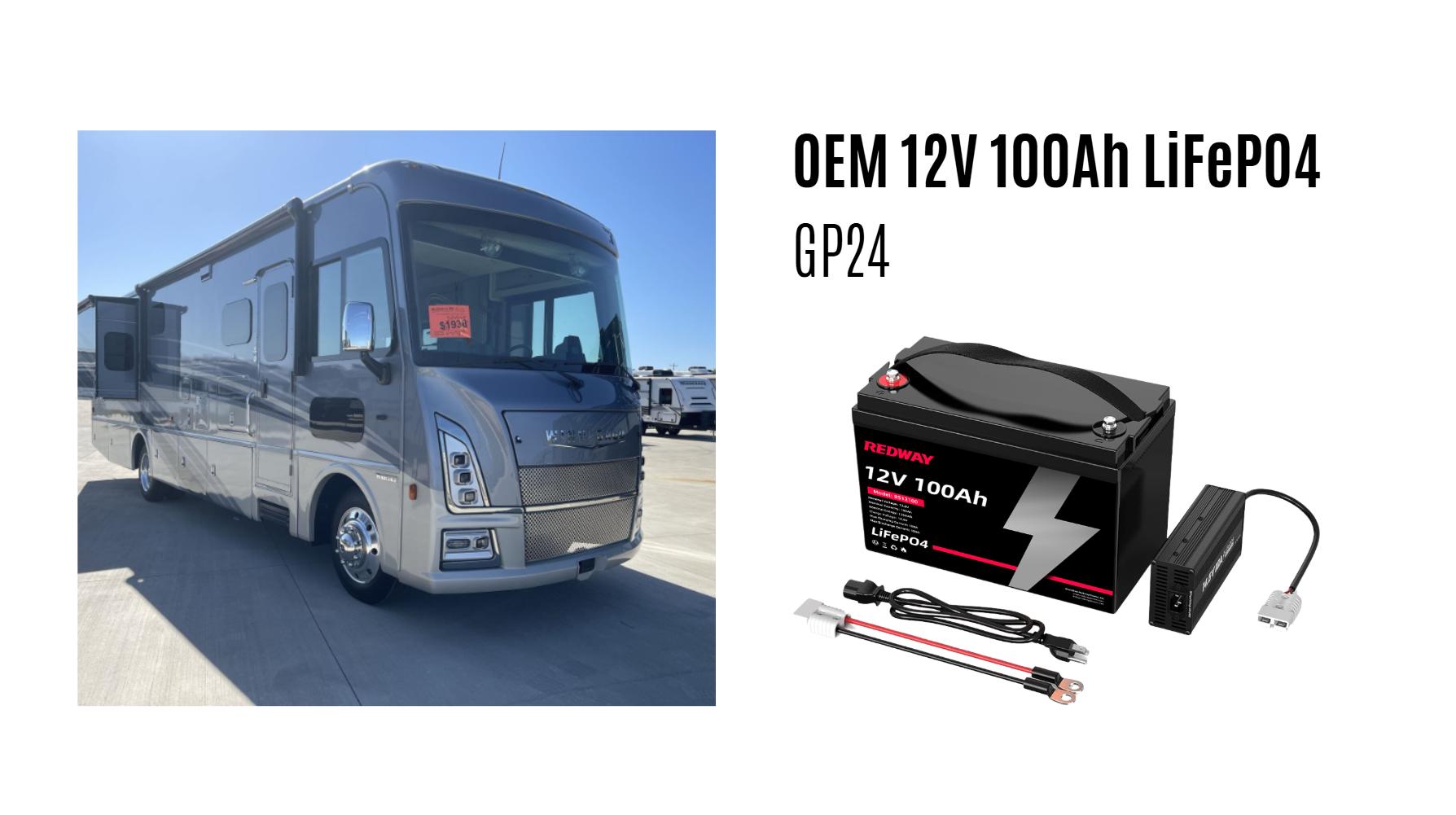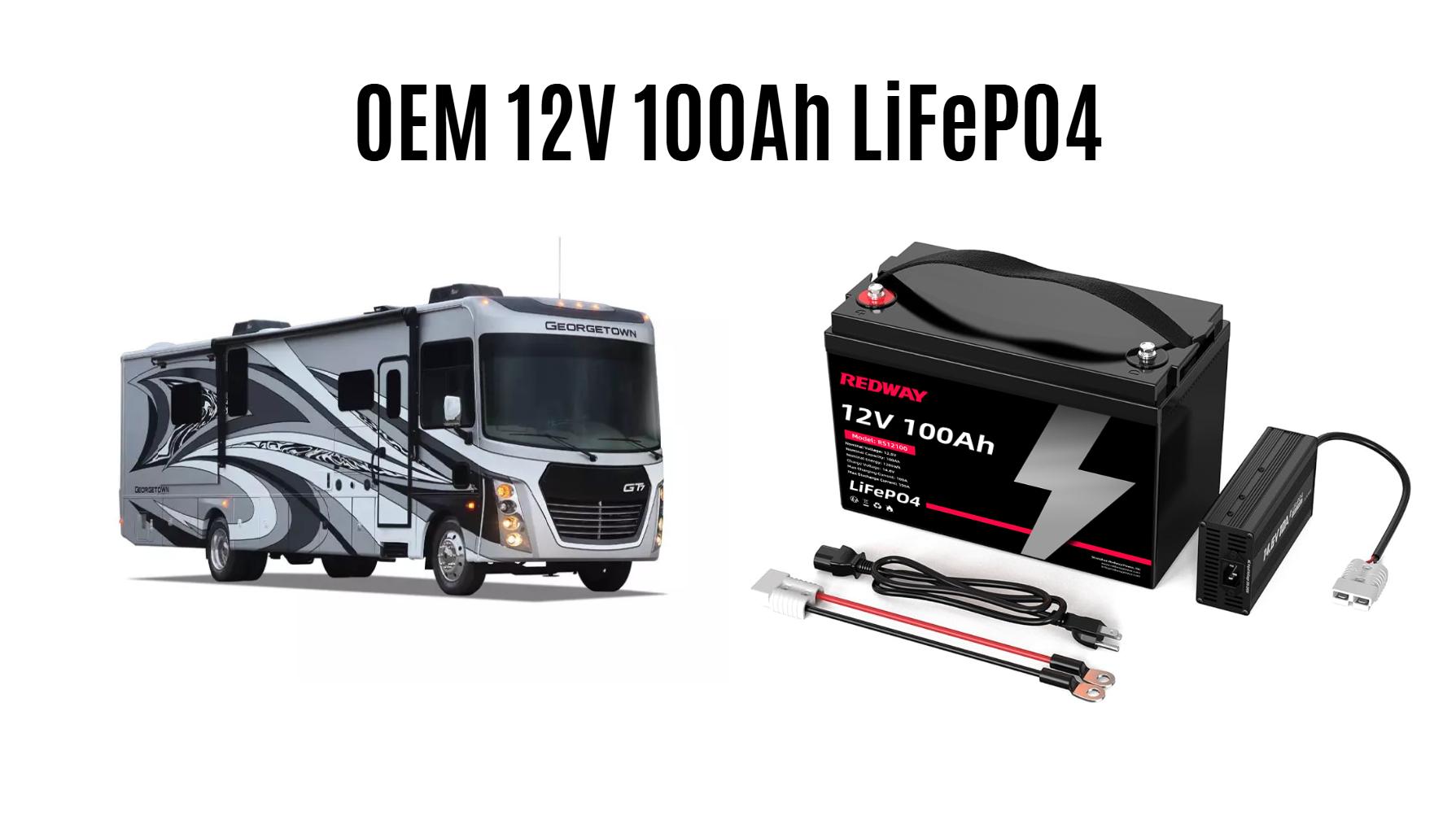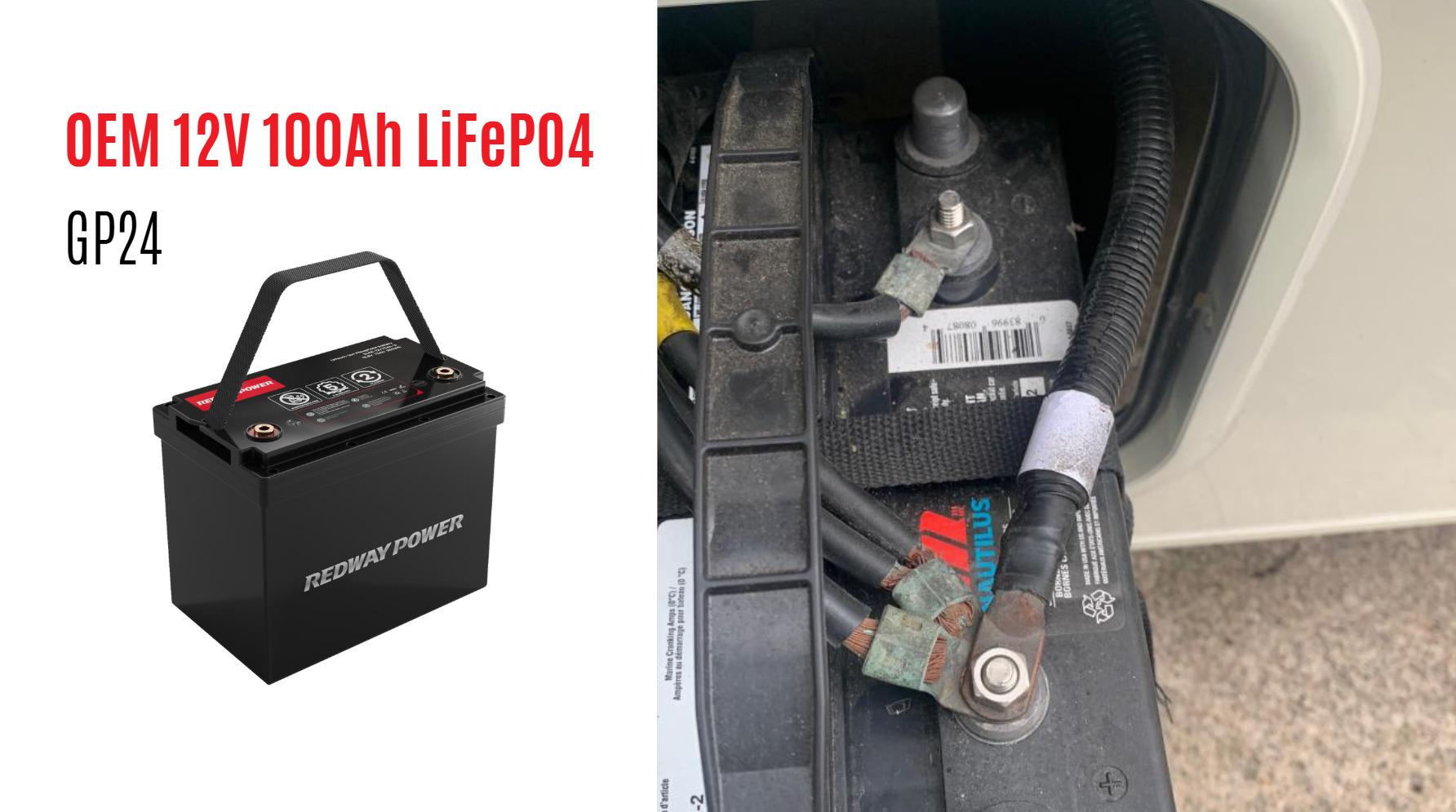How Is Winnebago Pioneering Advanced Power Sources for RVs?
Winnebago is integrating advanced power sources like lithium-ion batteries, solar energy systems, and hydrogen fuel cells to enhance RV efficiency and sustainability. These innovations aim to reduce reliance on fossil fuels, extend off-grid capabilities, and align with global decarbonization goals. Partnerships with tech firms and investments in R&D position Winnebago as a leader in eco-friendly RV solutions.
What Are Winnebago’s Current Power Source Technologies?
Winnebago’s current models utilize lithium-ion batteries for energy storage, paired with solar panels for renewable charging. These systems support appliances, lighting, and HVAC systems, enabling extended off-grid adventures. The brand also integrates smart energy management systems to optimize power distribution, ensuring minimal waste and maximum efficiency during travel.
Winnebago’s latest models, such as the Winnebago Travato, feature 200–400Ah lithium battery banks paired with 300–600W rooftop solar arrays. These systems can power refrigerators, induction cooktops, and air conditioning units for up to 48 hours without recharging. The energy management interface allows users to monitor consumption in real time via mobile apps, adjusting usage to extend autonomy. Additionally, Winnebago offers optional dual-fuel generators that run on propane or gasoline, providing redundancy for extended off-grid stays. This hybrid approach balances renewable energy with conventional fuels, catering to diverse travel needs while minimizing environmental impact.
| Feature | Lithium-Ion | Lead-Acid |
|---|---|---|
| Energy Density | High | Low |
| Lifespan | 10–15 years | 3–5 years |
| Weight | Lightweight | Heavy |
How Does Winnebago Address Charging Infrastructure Challenges?
Winnebago collaborates with charging network providers and advocates for expanded RV-friendly charging stations. The brand’s vehicles support Level 2 AC charging and DC fast-charging compatibility, reducing downtime during trips. Additionally, portable solar solutions and onboard generators provide backup options for remote areas with limited infrastructure.
To mitigate charging gaps, Winnebago partners with networks like ChargePoint and Tesla to map RV-friendly Supercharger routes. Their RVs feature CCS Combo ports for DC fast-charging, delivering 80% battery capacity in under 45 minutes. For remote locations, foldable solar blankets with 400W output supplement rooftop panels, while integrated inverters enable shore power hookups at campgrounds. Winnebago also provides trip-planning tools that highlight charging stations with pull-through access, addressing a common pain point for RV owners.
| Charging Type | Speed | Compatibility |
|---|---|---|
| Level 2 AC | 20–30 miles/hour | All models |
| DC Fast | 100–150 miles/30min | 2024+ models |
What Role Do Hydrogen Fuel Cells Play in Future Models?
Hydrogen fuel cells are being explored for zero-emission energy generation, producing electricity through hydrogen-oxygen reactions. Winnebago’s prototypes use these cells to supplement battery systems, offering silent operation and rapid refueling. This technology could revolutionize long-haul RV travel by eliminating range anxiety and reducing environmental impact.
How Are Consumer Preferences Shaping Winnebago’s Designs?
Demand for eco-friendly, tech-enabled RVs drives Winnebago’s adoption of advanced power systems. Buyers prioritize energy independence, quiet operation, and reduced environmental footprint, prompting innovations like app-controlled energy monitoring, modular battery arrays, and lightweight solar solutions tailored for adventure seekers.
Expert Views
“Winnebago’s commitment to advanced power sources reflects a broader industry shift toward sustainability,” says a Redway energy solutions expert. “Their focus on lithium-ion and hydrogen tech addresses both performance and environmental concerns, setting a benchmark for competitors. However, scalability and infrastructure remain hurdles. Strategic partnerships will be key to mainstream adoption.”
FAQs
- Does Winnebago offer fully electric RVs?
- Not yet, but the brand is testing hybrid and hydrogen-electric prototypes for future release.
- Can existing Winnebago models be upgraded with solar panels?
- Yes, many models support retrofitting with solar kits through authorized dealers.
- How long do Winnebago’s lithium-ion batteries last?
- Typically 10–15 years, depending on usage and maintenance.



